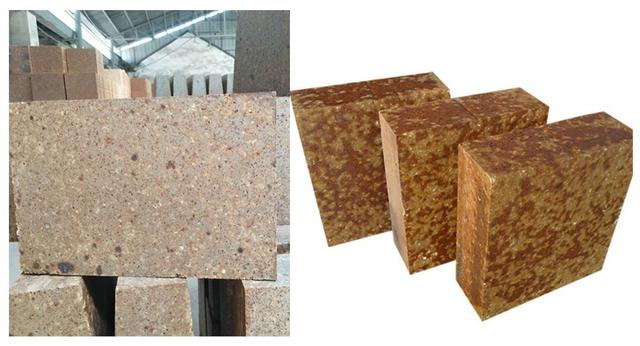- 05
- Nov
Is there any difference between silicon-modified brick and silicon-modified red brick?
Is there any difference between silicon-modified brick and silicon-modified red brick?
There are three different grades of silica-mo bricks, 1550, 1650 and 1680. They are used in the transition zone of cement rotary kiln linings of different sizes.
Compared with silica-molded bricks, silico-mold red bricks are denser, with better compressive strength and corrosion resistance, and have a longer service life. Used in the transition zone of large cement rotary kilns.
As the life cycle of alkaline bricks used in the high temperature zone of large cement rotary kilns is getting longer and longer, in order to increase the service life of the transition zone. According to the actual situation in use, the manufacturer has developed flexible silicon molybdenum bricks and silicon corundum bricks, which are more wear-resistant and corrosion-resistant.
The silicon carbide content of the silicon-moulded brick is smaller than that of the silicon-moulded red brick, and its body density and strength are also lower. The flexible silicon-moulded brick and silicon corundum brick are of higher grade and quality than the silicon-moulded red brick and silicon-moulded brick.
Silica corundum bricks can be used in the burning zone of lime rotary kilns, and can also be used in the lining of zinc volatilization kilns.
The resistance point of silicon molybdenum bricks is abrasion resistance, erosion resistance, fatigue resistance and ring formation. The sintering process is more complicated than that of high alumina bricks.
Since silicon carbide bricks need to add a certain proportion of silicon carbide, the hardness and the ingredients in the raw materials will make the brick appearance red and black, and the black cyan color is the silicon carbide reaction. However, during sintering, some cushion sand will be sprinkled on the kiln car, and a reasonable fire path will be reserved for the firing to be evenly balanced.
The firing of silicon-moulded bricks is firing in a reducing atmosphere, and the firing temperature varies to a certain extent for different grades, generally between 1428 and 1450°C. If the pad sand sticks to the brick surface after exiting the kiln, the pad sand can be polished and then put into storage.
In short, the quality of silica-molded bricks and silica-molded red bricks are different, and the size of the kiln lining used is also different.

